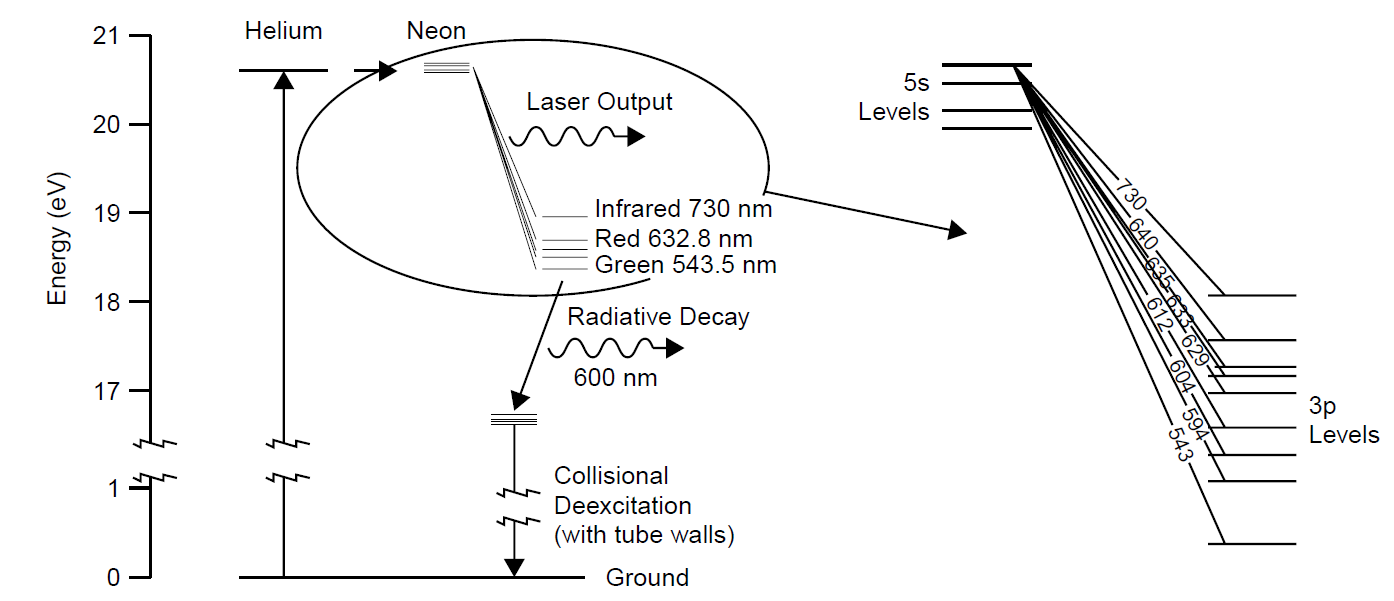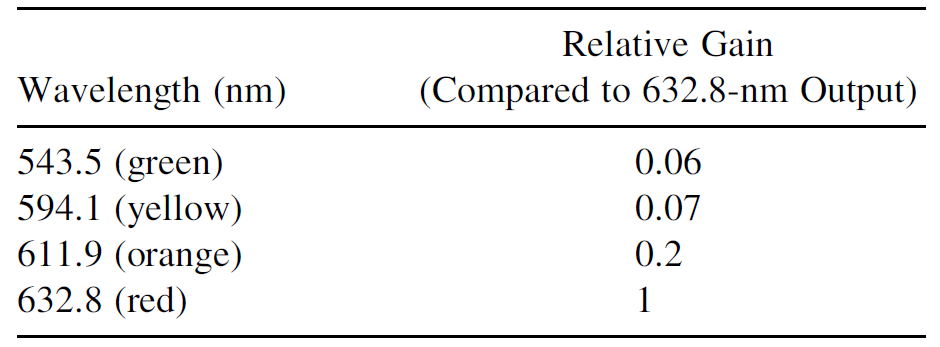
تاريخ الفيزياء

علماء الفيزياء


الفيزياء الكلاسيكية

الميكانيك

الديناميكا الحرارية


الكهربائية والمغناطيسية

الكهربائية

المغناطيسية

الكهرومغناطيسية


علم البصريات

تاريخ علم البصريات

الضوء

مواضيع عامة في علم البصريات

الصوت


الفيزياء الحديثة


النظرية النسبية

النظرية النسبية الخاصة

النظرية النسبية العامة

مواضيع عامة في النظرية النسبية

ميكانيكا الكم

الفيزياء الذرية

الفيزياء الجزيئية


الفيزياء النووية

مواضيع عامة في الفيزياء النووية

النشاط الاشعاعي


فيزياء الحالة الصلبة

الموصلات

أشباه الموصلات

العوازل

مواضيع عامة في الفيزياء الصلبة

فيزياء الجوامد


الليزر

أنواع الليزر

بعض تطبيقات الليزر

مواضيع عامة في الليزر


علم الفلك

تاريخ وعلماء علم الفلك

الثقوب السوداء


المجموعة الشمسية

الشمس

كوكب عطارد

كوكب الزهرة

كوكب الأرض

كوكب المريخ

كوكب المشتري

كوكب زحل

كوكب أورانوس

كوكب نبتون

كوكب بلوتو

القمر

كواكب ومواضيع اخرى

مواضيع عامة في علم الفلك

النجوم

البلازما

الألكترونيات

خواص المادة


الطاقة البديلة

الطاقة الشمسية

مواضيع عامة في الطاقة البديلة

المد والجزر

فيزياء الجسيمات


الفيزياء والعلوم الأخرى

الفيزياء الكيميائية

الفيزياء الرياضية

الفيزياء الحيوية

الفيزياء العامة


مواضيع عامة في الفيزياء

تجارب فيزيائية

مصطلحات وتعاريف فيزيائية

وحدات القياس الفيزيائية

طرائف الفيزياء

مواضيع اخرى
Lasing HeNe Medium
المؤلف:
Mark Csele
المصدر:
FUNDAMENTALS OF LIGHT SOURCES AND LASERS
الجزء والصفحة:
p236
22-3-2016
1303
Lasing HeNe Medium
But a basic recap is provided here for the sake of completeness. The laser uses a mixture of very pure helium and neon gases in the approximate ratio of 10 : 1. Helium, the gas used to furnish the pump level in this four-level system, is in greater abundance. Tube pressures are typically between 1 and 3 torr, being dependent primarily on the diameter of the plasma tube. Being a four-level laser with favorable dynamics, HeNe lasers have low thresholds and operate in CW mode. The pump level is supplied from the helium atom, which absorbs energy from the discharge through electron collisions and becomes excited to a level 20.61 eV above the ground state (for all visible transitions; IR transitions at 1.15 and 3.3 μm use different levels). The ULLs in neon (denoted as the 1s22s22p55s1 electronic state) are at almost exactly the same energy (20.66 eV) as the excited helium energy level, so that a collision with an excited helium atom will result in the transfer of energy to neon atoms, raising them to an excited state with the small difference between the two energies being made up by thermal and kinetic energy in the system. From the ULL they can emit a photon of coherent light (via stimulated emission) to decay to the LLLs (the 1s22s22p53p1 electronic state).
That quantum mechanics dictates that this electronic state is actually composed of numerous, closely spaced levels, hence multiple transitions (and wavelengths) are possible in this system. Neon atoms at the LLLs t then fall to ground through a depopulation process involving both radiative decay (and the emission of an incoherent 600-nm photon) and collisions with the tube walls. This also explains why HeNe lasers invariably use small diameter (< 2-mm) plasma tubes. The entire process, including excitation of the helium atoms, transfer to the ULL in neon, lasing transitions, and decay from the LLL is shown in Figure 1.1. This simplified diagram does not show all possible energy levels, so numerous other transitions are possible. The 1.15-μm transition, for example, originates from the 1s22s22p54s1 electronic state and terminates at the same lower levels as those used for the visible transitions. Of particular interest in an extremely powerful line at 3.39 μm originating from the same upper level as the visible transitions but terminating at the 1s22s22p54p1 electronic state. This powerful transition must be suppressed in all HeNe lasers operating at other wavelengths since it serves to deplete the upper lasing level rapidly and hence would halt oscillation of any visible line. This transition has such high gain that in a long HeNe laser it can produce super radiant output. The second most powerful transition is the 1.15-μm IR line

Figure 1.1. Helium–neon laser energy levels.
TABLE 1.1. Commercially Available HeNe Lasers

(which originates from a different ULL), followed by the ubiquitous 632.8-nm red line. In the visible spectrum there are eight lines, ranging from green to red. Of these, several are too close to more powerful lines to be useful (e.g., the output at 635 nm is too close to 633 nm to separate with a normal wavelength selector). Commercially, four visible wavelengths of HeNe laser are commonly available, as outlined in Table 1.1, along with gain relative to the 632.8-nm red line. Because of the low gain of the green HeNe, special low-loss optics are required which are much more critical (and expensive) than red HeNe optics. Where a small red HeNe tube might have an output of up to 20 mW, a comparable green tube would be limited to under 3 mW.
 الاكثر قراءة في بعض تطبيقات الليزر
الاكثر قراءة في بعض تطبيقات الليزر
 اخر الاخبار
اخر الاخبار
اخبار العتبة العباسية المقدسة

الآخبار الصحية















 قسم الشؤون الفكرية يصدر كتاباً يوثق تاريخ السدانة في العتبة العباسية المقدسة
قسم الشؤون الفكرية يصدر كتاباً يوثق تاريخ السدانة في العتبة العباسية المقدسة "المهمة".. إصدار قصصي يوثّق القصص الفائزة في مسابقة فتوى الدفاع المقدسة للقصة القصيرة
"المهمة".. إصدار قصصي يوثّق القصص الفائزة في مسابقة فتوى الدفاع المقدسة للقصة القصيرة (نوافذ).. إصدار أدبي يوثق القصص الفائزة في مسابقة الإمام العسكري (عليه السلام)
(نوافذ).. إصدار أدبي يوثق القصص الفائزة في مسابقة الإمام العسكري (عليه السلام)


















